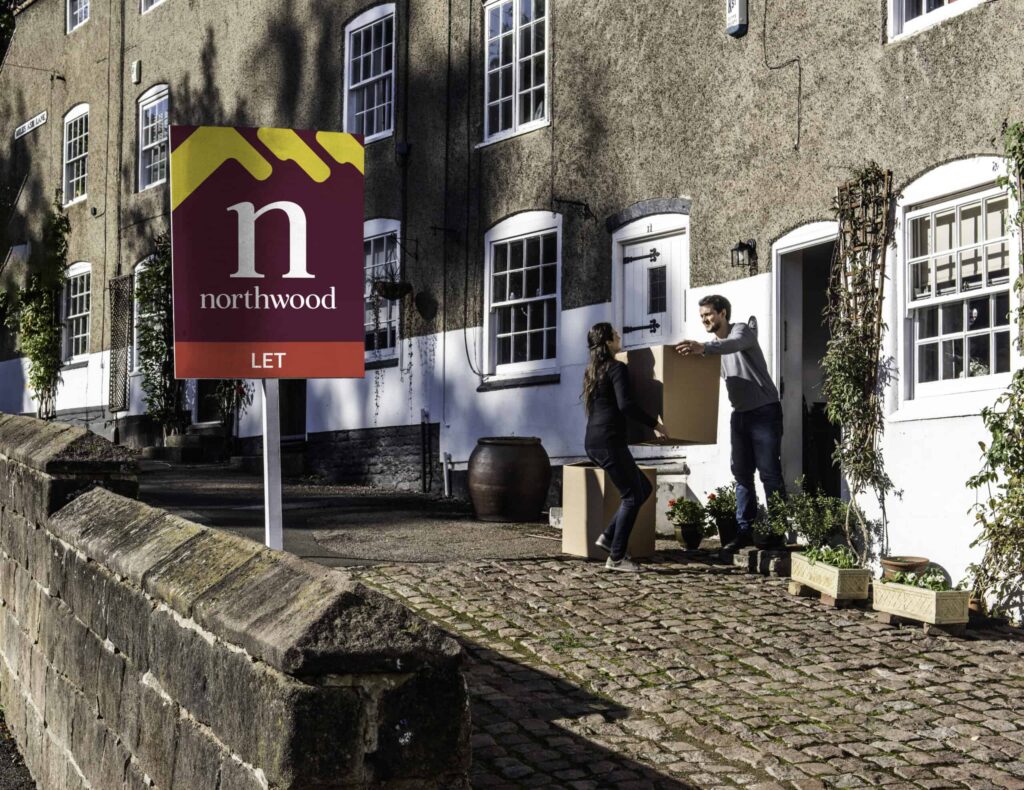There are three main ways of investing in buy to let as follows:
- Purchasing outright for cash
- Purchasing using an interest only BTL mortgage
- Purchasing using a repayment mortgage.
The route you choose will be very much dependent on a number of things:
- The amount of your starting funds
- Whether you can access BTL finance
- Your attitude to risk
- Whether you have significant other income
- Whether you are investing for yield or capital appreciation.

If you are purchasing outright for cash, it is worth considering that you are not taking advantage of leveraging.
To quote Investopedia, leverage is the use of debt (borrowed capital) in order to undertake an investment. The result is to multiply the potential returns from an investment by using a small amount of your money (deposit) to control a large value asset with a loan on it.
At the same time, leverage will also multiply the potential downside risk in case the investment does not work out as well as you hoped.
Therefore, leveraging is not something to be taken lightly, and, in the current market conditions, being highly leveraged is a very dangerous place to operate for a number of reasons.
However, it is by leveraging, that most landlords build a portfolio, unless they have a very large cash pot to start with! Leveraging helps your money work harder and go further.
For instance, if you had £100K cash, you could purchase a £100K property outright, and perhaps have an income of around £500pcm.
However, take that same £100K and combine it with bank finance, and you could potentially buy three BTL properties valued at £100K, and all bringing in £500.00 per month. Obviously, you would have to deduct your mortgage and other running costs, but your monthly net income will definitely be greater than the income from a sole unencumbered property, not to mention that you will be benefitting, over the long term, from three properties likely going up in value, not just one.
However, it is important to understand, as mentioned above, that the risks are also magnified.
In the current Brexit landscape, if there was house price depreciation, leveraged landlords could find themselves in negative equity. That is when a loan secured against a property is more than the value of the property.
Additionally, being highly leveraged also exposes a landlord far more to the Section 24 tax regime.
Therefore, according to most experts and industry commentators, landlords should not leverage more than 60 – 65% Loan to Value (LTV) in the current conditions, meaning that it would be prudent to put in around a 40% deposit to mitigate your risks due to these BTL headwinds and market uncertainty.
As ever in property, numbers never lie, so it’s important to work them out based on a “worst case” scenario, not a “best case” scenario in our opinion.
With regards to whether to purchase with an interest-only or repayment mortgage, most landlords opt for the former.
This is for two reasons:
1. The monthly mortgage payment will be lower – meaning more net cash flow month on month.
2. With a repayment mortgage, for the first third of the mortgage term, you are only paying off the interest not the capital, so there is little point for landlords to take this route, as long as they have a clear plan of how to pay off the capital at the end of the interest-only term.
That could be through selling the property, re-mortgaging it to another lender, or paying off the mortgage through other means such as the sale of another property, an inheritance, or other savings.
If you have significant other income and are not specifically investing in property for this reason, then you could consider a repayment mortgage, but for the vast majority of landlords, interest-only is the way to go.
If you are fearful about interest rate rises, there are some very attractive 5 year fixed rates available, and more and more lenders are bringing out 10 year fixed rate BTL mortgages, so that is an area of finance that is only going to become more competitive in the future.
So leveraging is not something to be fearful of …. it’s only that, in this new era of BTL, landlords will not be so highly leveraged and this is healthy and less risky to boot.
At the time of the financial crash, some landlords even had 100% LTV, and many of them went bankrupt when hit with the deadly combination of falling prices and rising interest rates.
Seek professional mortgage advice, compare mortgage re-payments and work the numbers, and decide what is right for you and your situation.
Indeed, that is one of the best things about investing in bricks n’ mortar, and what makes it such an eternally popular investment – that you can customise it to suit your financial circumstances and your attitude to risk, meaning that you can feel comfortable about your investments and make sure they are sustainable for the long term.
At 60% loan to value, you have a 40% equity buffer. That means property prices would have to drop very dramatically for you to be at all concerned. You’ve also locked in equity to protect yourself against any other curve-balls the market, or indeed life in general, may decide to throw at you.
Being a prudent investor is the smart way to operate in BTL in 2019 and Northwood agents are always on hand to support landlords with any questions they may have, and to introduce them to a reputable mortgage broker, if that is required.






